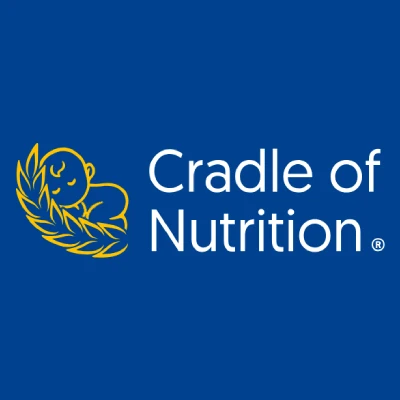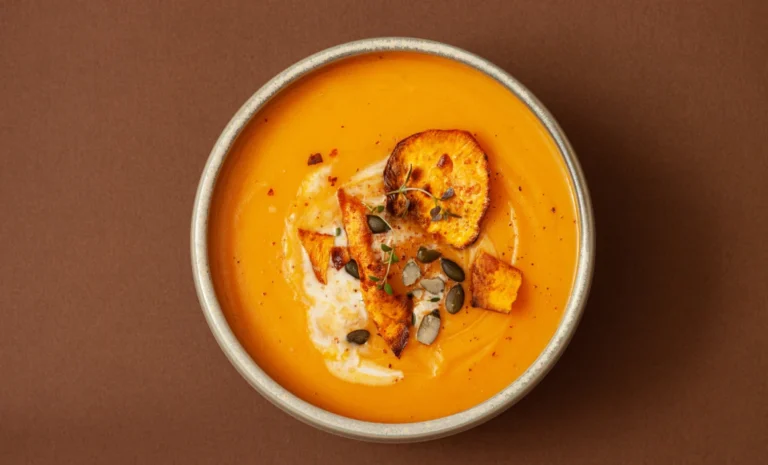
The Stork and the Magic of New Beginnings: A Whimsical Tale of Birth and Symbols

Cradle of Nutrition
- 4 minutes read
From ancient mythology to modern cartoons, the stork has been a beloved symbol of new life and hope. Whether seen as a divine messenger or a whimsical baby carrier, the stork continues to fascinate cultures worldwide. But why is the stork so strongly associated with birth and renewal? Let’s explore the fascinating mythology of storks and their symbolic role across different cultures.
As we celebrate the miracle of birth, the stork reminds us of the joy of new beginnings, family, and the cyclical nature of life. It stands as a symbol of fertility, love, and hope—an enduring emblem that spans generations and cultures.
The Stork in European Folklore: The Baby Bringer
In many parts of Europe, especially in countries like Germany, the Netherlands, and Scandinavia, the stork is seen as the “official baby delivery service.” According to folklore, these elegant birds were believed to deliver babies to families, carrying them in bundles, often tied with a little bow, to eagerly awaiting parents.
This charming myth likely originates from the stork’s annual migration. Every spring, storks would return to Europe, just as many babies were born during the colder months of fall and winter. The timing of their return signified the arrival of new life—what better way to explain it than imagining the stork as a baby bringer?
In some versions of the tale, the stork would bless the homes it visited, particularly for couples hoping to have children. With its graceful flight and dignified posture, the stork became a symbol of both fertility and the care parents give their newborns.
The Stork in Greek Mythology: Guardians of Birth
In ancient Greek mythology, storks were sacred to Hera, the goddess of marriage and childbirth. These birds were seen as protectors of the family, symbolizing the continuity of life and the joy of bringing new generations into the world.
The Greeks were fascinated by the stork’s monogamous nature, as these birds often returned to the same mate year after year. This made them a perfect symbol of love, commitment, and the strong family bonds required to raise children. In some myths, Hera herself was said to send storks to bless families with children, adding a divine layer to the legend.
Norse and Germanic Traditions: Storks as Symbols of Fertility
In Norse and Germanic cultures, storks were often associated with fertility and the arrival of new life. The return of the stork in spring was seen as a sign of renewal and rebirth. As storks flew back to their nesting grounds, people believed it meant that good things—like babies—were on the way!
In Germany, folklore told of storks nesting on rooftops, not only bringing good luck but also blessing families with new children. The stork’s presence was hoped to bring joy and fertility, making it a symbol of the potential for new beginnings.
Storks in Africa and Asia: Longevity and Vitality
Although the stork’s association with childbirth is most famous in European folklore, it holds symbolic meaning in other cultures as well. In Chinese culture, for example, storks are symbols of longevity, good health, and vitality—qualities that are crucial for families and future generations.
In some African traditions, storks are seen as messengers between humans and the gods, representing wisdom, life, and the natural cycles of the world. While not always directly tied to birth, storks’ symbolism of vitality and new beginnings aligns with their role as life-givers in many cultures.
The Stork in Modern Culture: A Whimsical Tradition
Today, the stork continues to capture the imagination of people worldwide. Often appearing in cartoons, stories, and advertisements, the stork’s image as a baby carrier remains a playful symbol of birth. While few believe storks still deliver babies, the image of a stork flying with a newborn remains a lighthearted symbol of the miracle of birth.
The stork’s enduring appeal comes from its association with innocence and the magic of new life. It reminds us of the joy, wonder, and excitement that accompany the arrival of a new child—an enduring symbol that has been passed down through generations.
The Stork as a Metaphor: A Symbol of Hope and Continuity
More than just a literal bird, the stork has come to represent renewal, hope, and continuity. It symbolizes the cyclical nature of life—families growing, evolving, and welcoming new beginnings. The stork embodies the miraculous moments that fill our lives with love and meaning.
Whether it’s through a whimsical tale or as a metaphor, the stork reminds us that life goes on, families grow, and every new child is a precious gift. This symbol spans generations and cultures, offering hope for the future and the joy of birth.
By Erika Barabás
Sources:
- Arthur Cotterell: The Encyclopedia of Mythology: Classical, Celtic, Norse, 2004, Peter Bedrick Books
- David Leeming: The Oxford Companion to World Mythology, 2005, Oxford University Press






